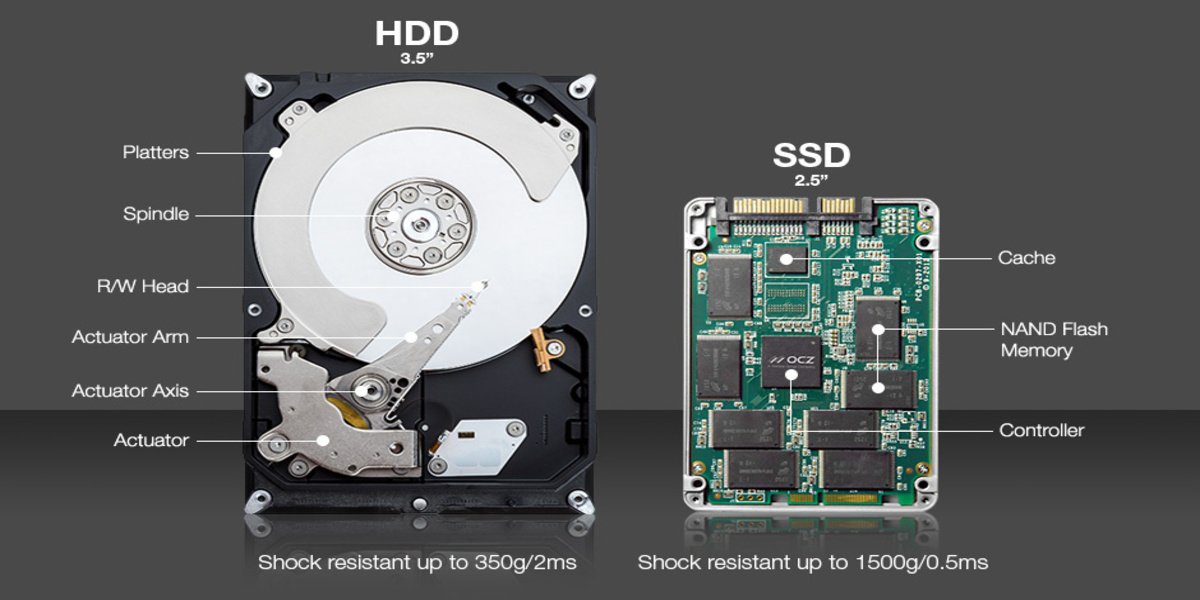


In order to make the disk reusable, the magnetic state of each spot on it must be changeable.Ī lot of things can change that magnetic state beside the drive’s read/write head.
HOW DO YOU INSTALL IDRIVE HARD DRIVE CODE
The patterns of this binary code store your data as a collection of magnetized spots in one state or the other. One magnetic state means “0” or zero, the other means “1” or one… or on/off, if you prefer. When data is written to a drive, the magnetic charge of tiny areas of the physical disk is altered. Long before the hardware fails catastrophically, you will be experiencing losses of data, and you might not even notice that it's happening. You have no way to monitor and record read/write head activity and you don’t want to be bothered doing so unless you’re a test engineer for a hard drive manufacturer.įurthermore, MTBF measures mean (average) time before the hardware fails catastrophically, as in “won’t spin anymore.” That is the very last thing that will go wrong with a hard drive, akin to throwing a rod in your car’s engine. Those hours are active hours during which the read/write head of the drive is moving. Technobabble about MTBF (Mean Time Between Failure) in the 50,000 to 100,000 hour range is useless. The questioner is wondering how much longer he/she can get away with not backing up data. Whenever I am asked, “How long can I expect a hard drive to last?” I reply with, “How often do you back up your data?” This seeming non sequitur perplexes people, but I have found that the answer to my question is, almost invariably, the reason the first question is asked. Hard Drive Life Expectancy (and the Right Question)


 0 kommentar(er)
0 kommentar(er)
